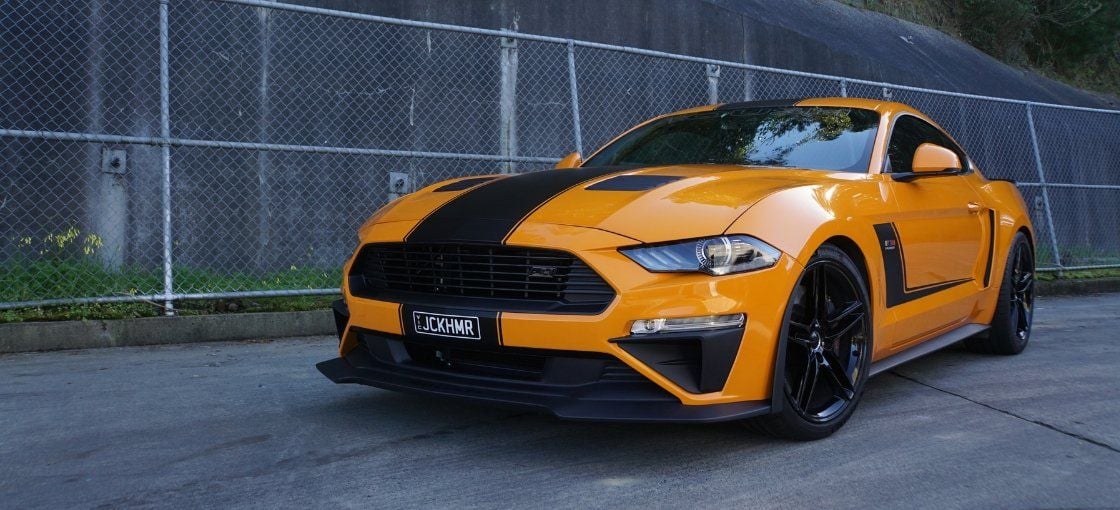The Mustang Story

With our car lottery offering a Mustang JackHammer, we decided to look back into the evolution of the Mustang line.
So lets learn the brief history of the roaring stallion.
Origins
Headed by Ford, the Mustang was based on the Ford Falcon model. Ford was set to introduce a new line of cars. In other words, one that would stand out in the current market. In fact, the story is similar to the story of the horse that the car’s name comes from.
The Mustang horse breed emerged in the American west a few hundred years ago. Mustangs descended from domesticated horses that were introduced by the Spanish. But now they roam freely through the plains of America.
Note: The Mustang name may have originally come from one of the lead designer’s (John Najjar) love of the World War II P-51 Mustang fighter plane.
Ford Mustang 1
Debuting at a demonstration during the 1962 US Grand Prix in New York, the Ford Mustang 1 was more than a concept car – it was a taste of a new breed of vehicle. Built small, with an aesthetic chassis and a 4-cylinder engine, this ‘pony car’ was exactly what the market wanted.
The Production
Beginning production in 1964, the Ford Mustang quickly stamped its hooves on American roads. And in the first year and a half, over a million Mustangs had been built – that’s equivalent to the population of the Gold Coast and Sunshine Coast combined.
With the iconic big grill, circle headlights and the shape of a fighter jet – not to mention the engine – popularity skyrocketed.
An Evolving Breed
Just as the Mustang horse adapted to its new world, the Mustang car has evolved for streets around the globe. Some of the most notable models throughout the decades include:
- 1965 Ford Mustang GT 350 Shelby – The first GT package including a V8 engine and stripes.
- 1970 Ford Mustang Boss 302 – It featured the much-loved blackout hood, front spoiler and rear deck wing.
- 1971 Ford Mustang Mach 1 – This model was larger than previous ones and offered a slightly different look.
- 1984 Ford Mustang SVO – With proper tuning, taking this model’s four-cylinder engine to 175hp, we can’t look past this one.
- 1994 Ford Mustang – Obvious to spot, the early ‘90s model had a huge aesthetic redesign.
- 2000 Cobra R Mustang – The torque on this particular pony was talked about everywhere.
- 2005 Ford Mustang – Paving the way for future styles and performance, the Mustang found a lasting shape for the new millennium.
As the Mustang legacy produces dreamy designs and performance packages race car drivers envy, we’re coming into a new age of motoring.
Mustang ROUSH JackHammer
The latest prize car is the result of over 50 years of innovation. It’s a mix between the boxy 2005 Ford Mustang style and the airplane sleekness of the originals. Then to top it off, it’s been professionally modified with the ROUSH TVS 2650 Supercharger Package – giving it 710hp (that’s a big pack of ponies).
With Mater Cars for Cancer, you have the chance to win a car of your dreams!

We would love to hear from you
We would love to know what you think about Mater Lotteries!
1800 067 066
All times displayed in your local timezone unless stated otherwise. Mater Foundation Ltd as trustee for Mater Foundation is registered as a charity with the Australian Charities and Not-for-profits Commission. ABN 96723184640. All prices are displayed in AUD.



